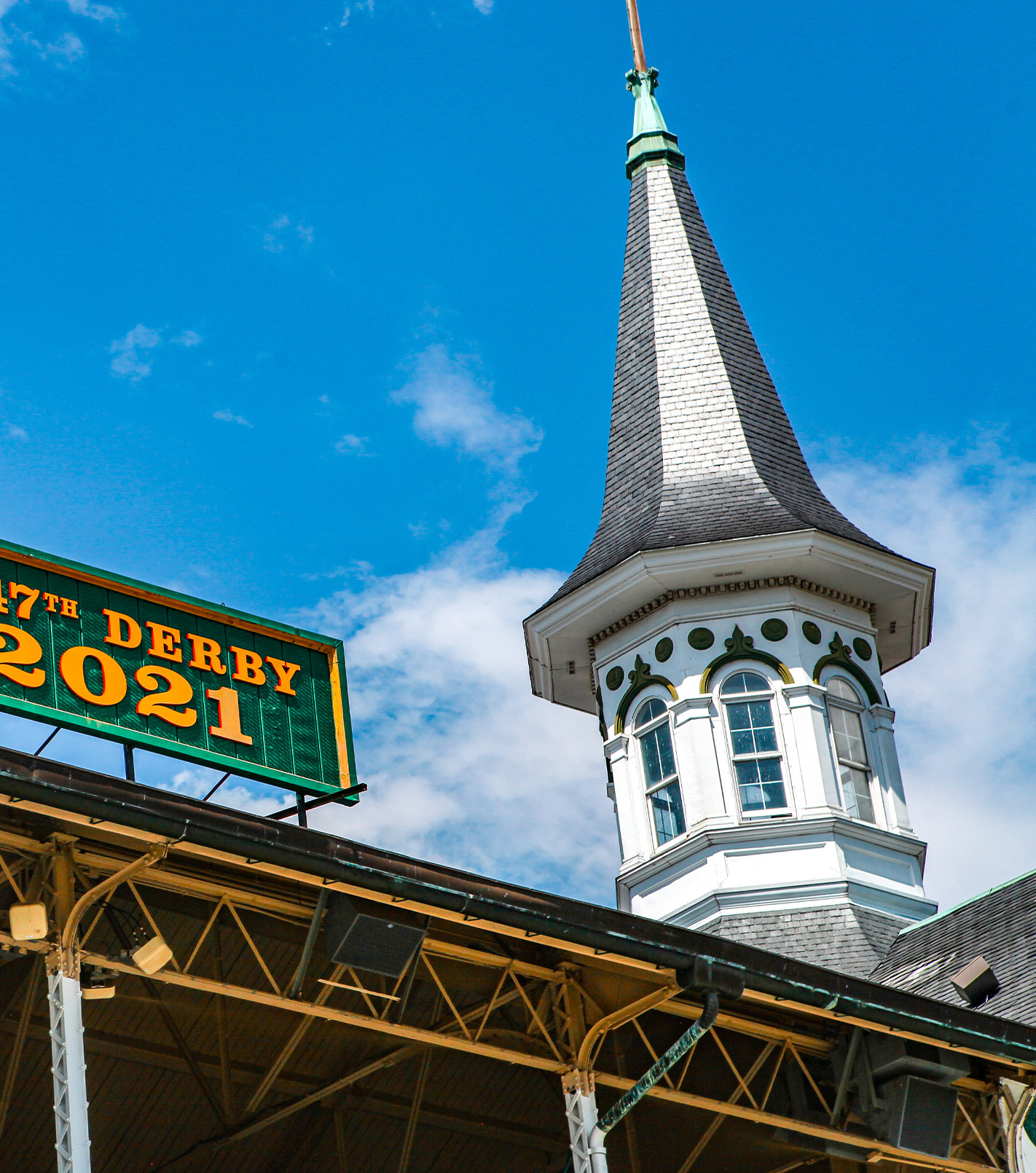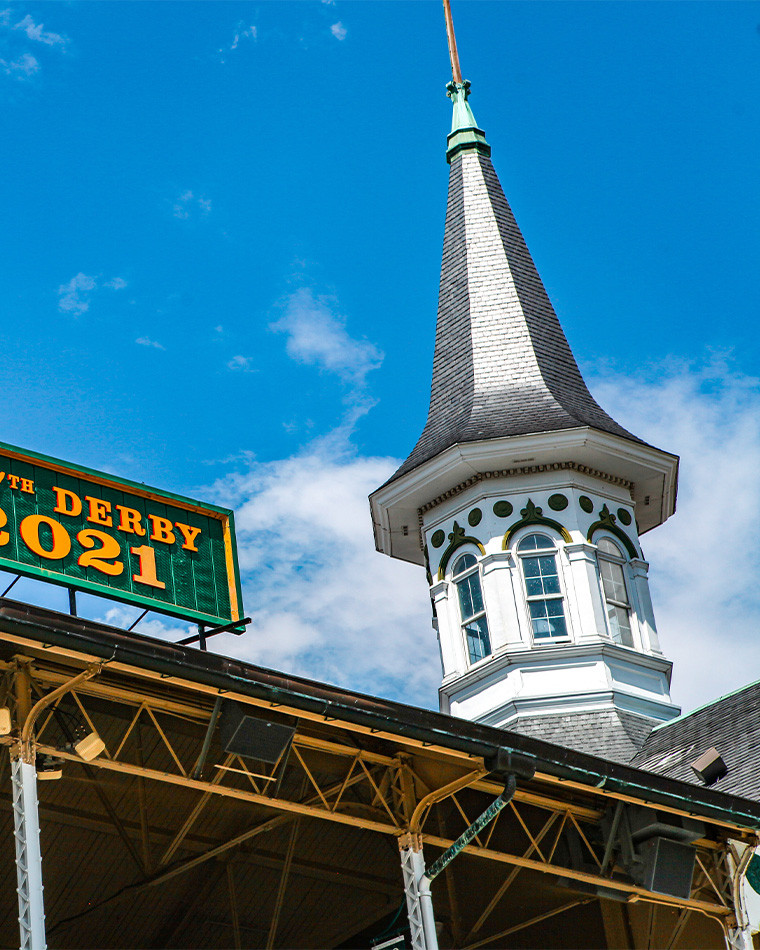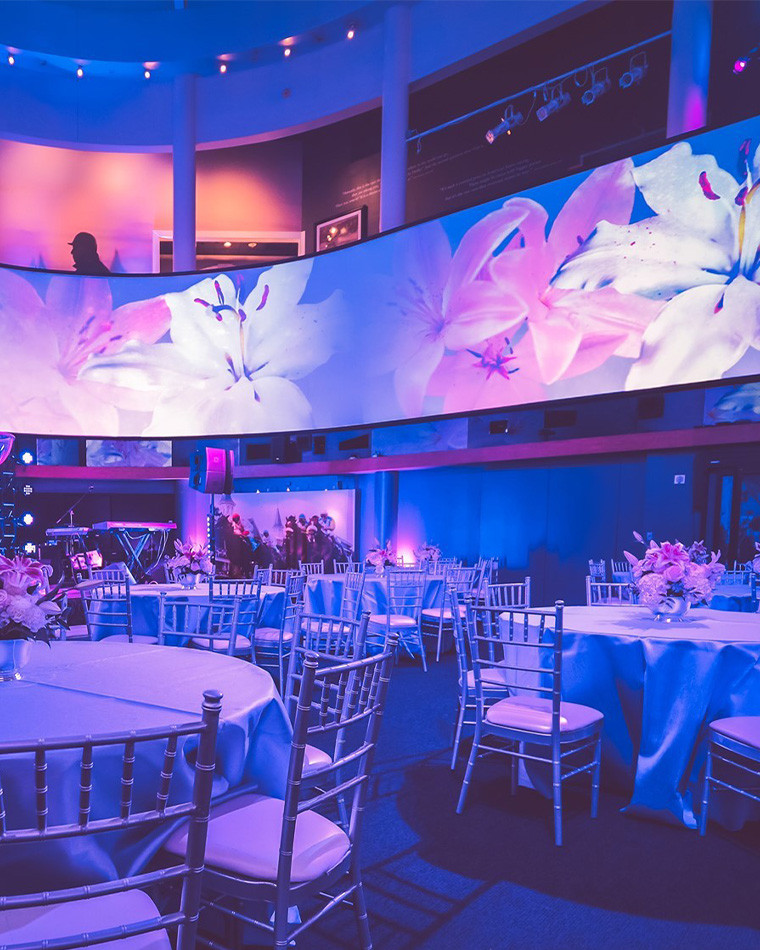
General Admission
General Admission tickets include:
- Full access to the Museum, including two floors of family-friendly interactive exhibits
- A viewing of our epic film, “The Greatest Race,” a 360°, 18-minute immersive video experience (plays daily, 10 minutes after the hour, every hour)
- Exclusive access to Churchill Downs® with a guided track visit alongside one of our knowledgeable tour guides
- Access to the Museum Store and the Derby Café & Bourbon Bar
Ticket Pricing Starting at:
- Adults (13–64): $20
- Seniors (65+): $18
- Military: 18+
- Children (5–12): $12
- Children (under 5): Free


